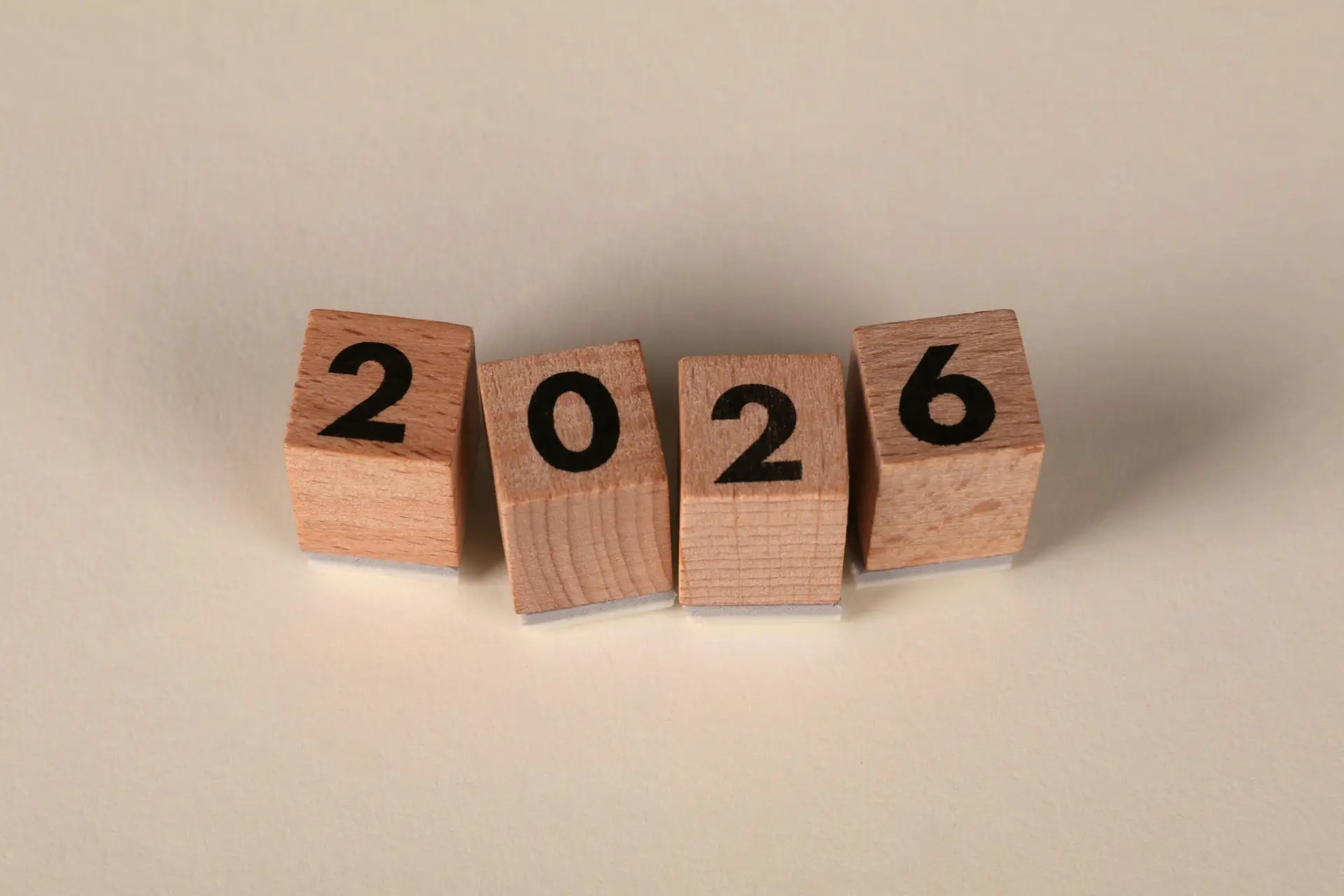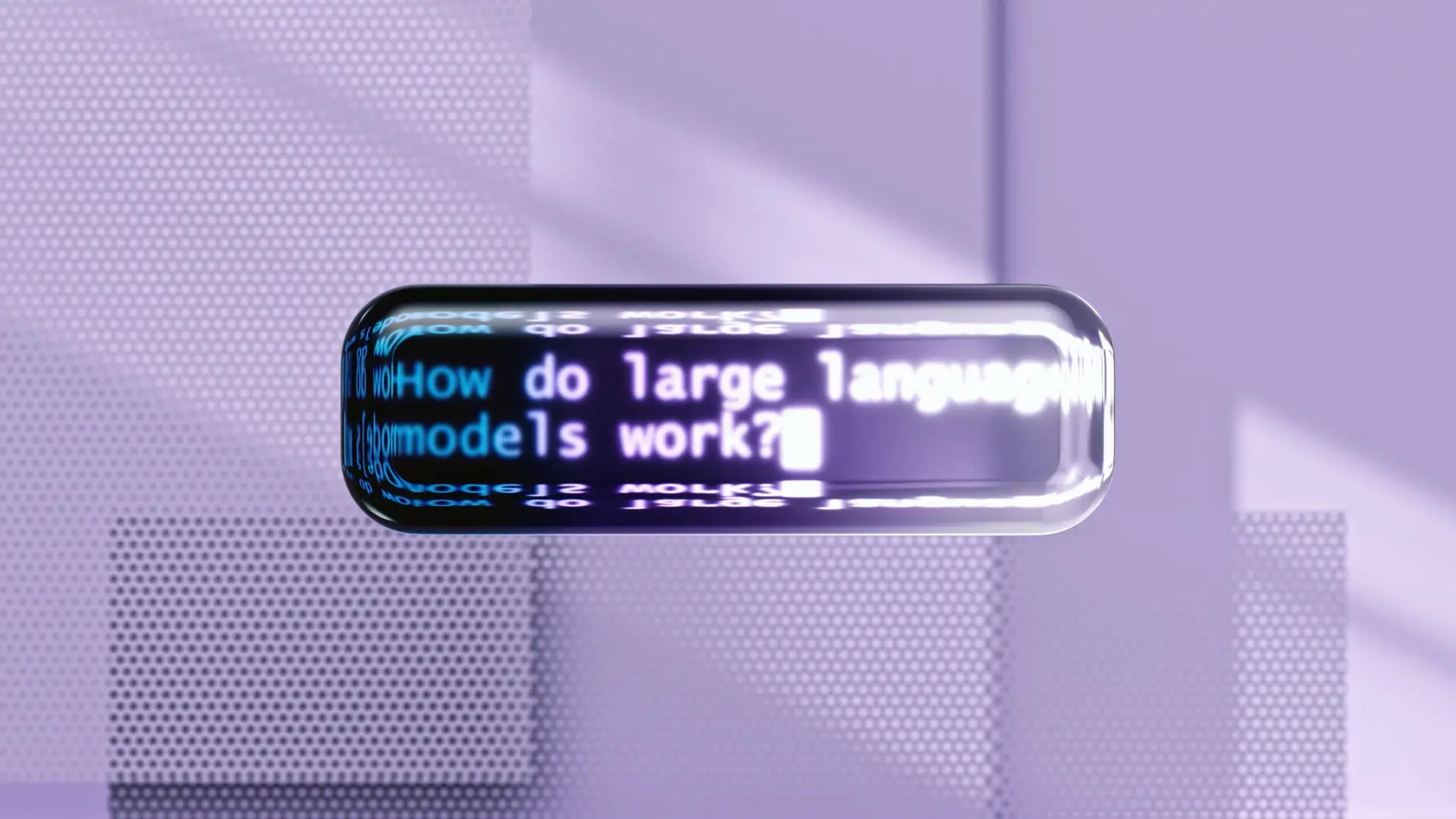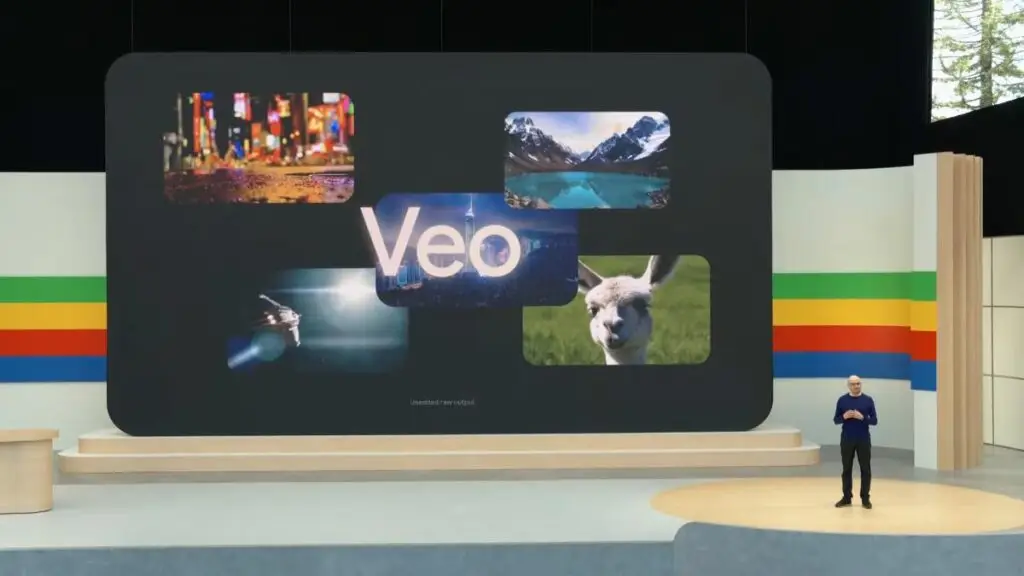Now Reading: 5 Tech Trends I’m Betting On for 2026 (And One I’m Not)
-
01
5 Tech Trends I’m Betting On for 2026 (And One I’m Not)
Curious about where tech is headed? Here are 5 real-world technology trends likely to shape 2026—from AI teammates to bio-sensors—plus one overhyped buzzword that’s not ready (yet).
The Future Doesn’t Shout—It Whispers First
The future seldom bursts onto the scene; it drifts in like a whisper. It’s more like a gentle knock on the door—a quiet shift in how we work, live, and interact with the world around us.
As someone who lives and breathes technology trends (and has probably made one too many bets on tech that didn’t quite land—hello, 3D TVs), I’ve learned that the real signals often show up in small ways long before they make headlines.
So, today, I’m laying it out—five technology trends I believe will be game-changers by 2026. Not just fancy tools, but shifts that will seriously reshape how we live, work, and think. And to keep it real, I’ll also tell you the one trend I’m not convinced about—at least not yet.
Let’s jump in.
Bet #1: Generative AI Is Getting a Job—Your Next Colleague Might Be a Bot
Remember when asking ChatGPT to write a Bollywood song in Shakespearean English was mind-blowing? Fun times. But that novelty phase is over.
By 2026, generative AI won’t just help us—it’ll actually work with us. We’re talking fully functional AI teammates with memory, context, and even autonomy. Not just a chatbot giving you answers, but a digital colleague who understands ongoing projects and can carry out multi-step tasks.
Why this will explode by 2026:
- Today’s AI isn’t just smart—it’s outgrowing GPT-4 and rewriting what “intelligent” means.
- The cost of using these models is dropping fast.
- Companies are no longer “experimenting” with AI—they’re embedding it into everyday workflows.
Imagine this:
- An AI Project Manager that automatically tracks timelines, nudges your team, and raises red flags before you even notice.
- An AI Analyst that pulls research from internal files and the web in minutes, saving hours of manual work.
- An AI Code Refactorer that helps clean up messy legacy code, following your team’s exact coding style.
What this means:
Your real value won’t lie in doing every little task—it’ll be in knowing what questions to ask, what to delegate to AI, and how to interpret the output. If you’re working in Indian tech firms or fresh out of IIT and eyeing roles in product or development, this is the shift to prepare for.
Bet #2: Ambient Computing Will Actually Feel… Ambient
Let’s be honest: smart homes haven’t been all that smart. They’ve mostly been a jumble of apps, commands, and occasional frustration. But that’s changing.
By 2026, your environment—home, car, office—will quietly work in the background, adjusting to your needs without you barking orders at Alexa or fiddling with apps.
Why now?
- Sensors are dirt-cheap and can measure everything—light, air quality, motion, noise.
- AI’s no longer chilling in the cloud—it’s working right on your phone or laptop, closer than ever.
- Thanks to protocols like Matter, your Apple and Google devices might actually talk to each other.
What this looks like in real life:
You wake up, and without saying a word:
- The blinds open slowly to let in natural light.
- The AC adjusts based on both the weather and your calendar (early meeting? Warm shower ready).
- Coffee’s already brewing.
- A screen shows your commute—with real-time traffic updates thanks to a jam that just popped up.
Why it matters:
This is about more than convenience—it’s about mental bandwidth. Tech should work for us, not at us. And in India’s fast-paced cities, where life is already hectic, reducing everyday friction could be huge.
Bet #3: Spatial Computing Will Replace Your Laptop (Eventually)
Still think AR and VR are just for gamers? That’s about to change. Spatial computing is what happens when we stop looking at digital stuff on a flat screen and start living with it layered over the physical world.
By 2026, you won’t just use a computer—you’ll be in one.
Why 2026?
- Apple’s Vision Pro didn’t just set a benchmark—it drew the line between today and tomorrow.
- Developers are building real-world apps—not just games, but tools for learning, productivity, and design.
- Hardware is getting lighter, cheaper, and better-looking (no more bulky headsets that mess with your hair).
What this might look like:
- A surgeon practicing with a 3D organ model on her kitchen table.
- An architect walking clients through a holographic building.
- You, sipping chai in a café, working with three virtual monitors floating around you.
The big idea:
This won’t just upgrade how we consume content—it’ll change how we create, work, and collaborate. For techies and students at IITs or NITs eyeing the next frontier in UX, this is where the action is.
Bet #4: Health Tech Gets Under Your Skin—Literally
Fitness bands and step counters? That’s old news. The future of health tech is not just wearable—it’s ingestible, implantable, and constantly monitoring your body in real time.
Why now?
- Materials and battery tech are advanced enough to make these tiny and safe.
- Mini-sensors can now read real-time chemical data—not just count steps.
- From reactive to proactive—medicine is now all about stopping problems before they start.
Examples from the near future:
- Smart Patches that stick to your skin and monitor hydration, glucose, or electrolyte levels.
- Ingestible sensors that check your gut health or whether you took your meds.
- Digital blood tech that gives real-time lab-style reports from tiny blood or interstitial samples.
What it means for India:
With rising lifestyle diseases and healthcare access challenges, this could change everything. Imagine your doctor getting an alert about a cardiac risk hours before symptoms show. That’s the power of going from reactive to proactive.
Bet #5: The Infrastructure Revolution—Built by Us, Not Just Big Tech
This is the wild card—DePIN (Decentralized Physical Infrastructure Networks). The idea? Use blockchain and crypto to reward regular folks for building parts of the internet’s backbone—storage, connectivity, compute power.
Why it might work by 2026:
- Crypto is slowly moving beyond speculation into real-world use cases.
- Projects like Helium (for 5G), Filecoin (for storage), and Render (for GPU power) are showing what’s possible.
- DePIN lets you get paid to share unused bandwidth, storage, or processing power.
How it plays out:
- You could host a small 5G node in your home and get rewarded in tokens.
- Your unused hard drive could become part of a decentralized data cloud.
- Your graphics card might help train an AI model while you sleep—and pay you for it.
Real talk:
This could massively cut costs for startups and users, especially in India’s tier-2 and tier-3 towns where cloud services are expensive and patchy. It’s like Swiggy meets Web3—crowd-powered, decentralized, and super efficient.
The Trend I’m Not Betting On (Yet): The One-World Metaverse
Okay, brace yourself—this is where I flip the script
Let’s get real—AR, VR, and Spatial Computing are rewriting the rules. I’m pumped! But this whole idea of a massive, unified Metaverse—a digital world where you jump from a virtual office to a virtual concert to a virtual mall—isn’t happening in 2026.
Why I’m not buying it yet:
- Big tech players won’t agree on shared standards. It’s not in their business interest.
- The current hardware remains hefty and comes with a steep price tag.
- And frankly, most people still don’t have a compelling reason to live in the Metaverse.
What we will have is a bunch of immersive virtual worlds—Apple’s, Meta’s, Epic’s—but they’ll remain siloed. Not one Metaverse, but many walled gardens. Think 2030s for anything remotely unified.
The Big Picture: It’s All Coming Together
Here’s the thing—these aren’t separate stories. They’re part of the same bigger trend: technology is becoming invisible, integrated, and intuitive.
By 2026:
- AI won’t just support your work—it’ll do parts of it.
- Your environment will adapt to your day without asking.
- Digital and physical worlds will merge seamlessly.
- Your body will talk to your doctor through tiny sensors.
- And you might help build the next-gen internet, without even realizing it.
The future isn’t just fast—it’s getting personal.
What about you?
Which trend do you think is going to reshape 2026 the most? What’s on your radar? Drop your thoughts in the comments—I’d love to hear what you’re betting on.
Missed something big? Call me out—I won’t cry. That’s how we level up our future-reading game.
Let me know if you’d like this formatted for WordPress or need a featured image + SEO meta tags ready to go.












